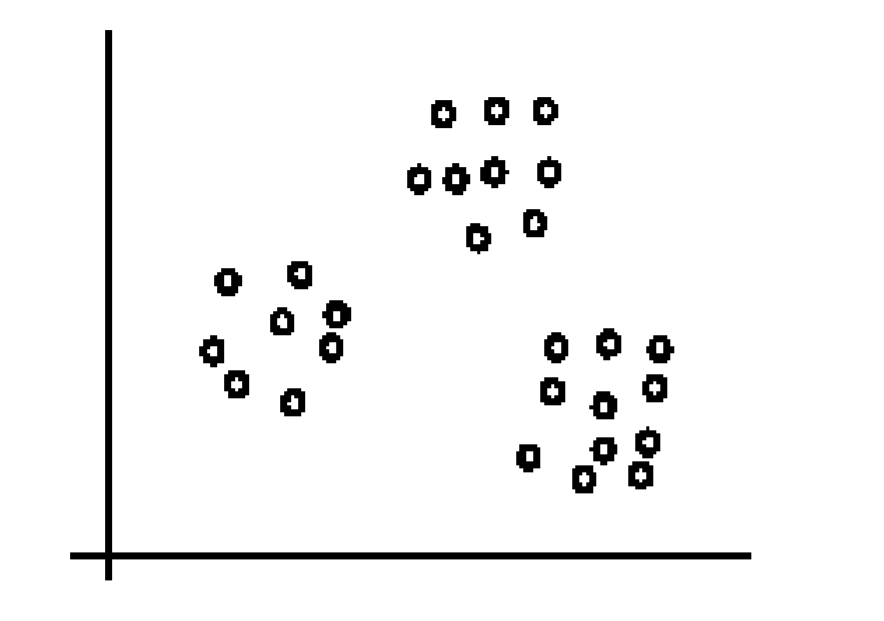A pattern is either a physical object, for example a book or a chair or an abstract notion, like style of talking, or style of writing. It is also a shared property of a set of objects; for example, chairs, rectangles, or blue colored objects.
Cognition is the act of seeing or perceiving, whereas recognition means as having seen or perceived. There are three ways of appreciating the activity of pattern recognition in a simple manner:
Classification: Assign a pattern to one of the already known (semantically labelled) classes. For example, consider the two classes of physical objects ellipses and rectangles where ellipse and rectangle are class labels. Now the classification problem, prominent in pattern recognition, involves
(a) Either learn a model or directly use the training data set (collection of labelled patterns) and
(b) assign a class label to a new pattern (test pattern) or equivalently assign the test pattern to one of the known classes. That is, with respect to objects given a new object we would like to classify it as either an ellipse or a rectangle.
Clustering: Assign a pattern to one of the syntactically labelled classes or clusters. For example, consider two clusters of patterns, labelled C1 and C2. Given a new pattern, assign it to either C1 or C2 based on the similarity between the pattern and the collection. Here, the labels are syntactic because we can switch the labels of the two collections without affecting the results. Clustering is concerned with grouping of patterns based on similarity. Patterns in a cluster are similar to each other whereas patterns in different clusters are dissimilar
An illustration

Different Paradigms for Pattern Recognition
- There are several paradigms in use to solve the pattern recognition problem
- The two main paradigms are
- Statistical Pattern Recognition
- Syntactic Pattern Recognition
Statistical Pattern Recognition
Statistical pattern recognition is now a mature discipline which has been successfully applied in several application domains. The primary goal in statistical pattern recognition is classification, where a pattern vector is assigned to one of a finite number of classes and each class is characterized by a probability density function on the measured features.
A pattern vector is viewed as a point in the multidimensional space defined by the features. Design of a recognition system based on this paradigm requires careful attention to the following issues: type of classifier (single-stage vs. hierarchical), feature selection, estimation of classification error, parametric vs. nonparametric decision rules, and utilizing contextual information. Current research emphasis in pattern recognition is on designing efficient algorithms, studying small sample properties of various estimators and decision rules, implementing the algorithms on novel computer architecture, and incorporating context and domain-specific knowledge in decision making
Syntactic Pattern Recognition
- Statistical pattern recognition is straightforward, but may not be ideal for many realistic problems
- Patterns that include structural or relational information are difficult to quantify as feature vectors.
- Syntactic pattern recognition uses this structural information for classification and description
- Grammars can be used to create a definition of the structure of each pattern class
